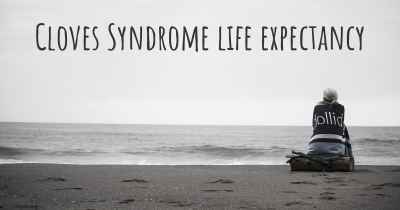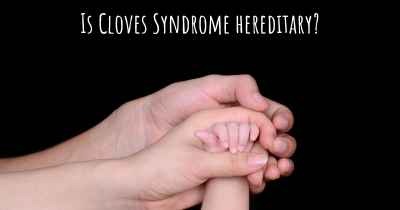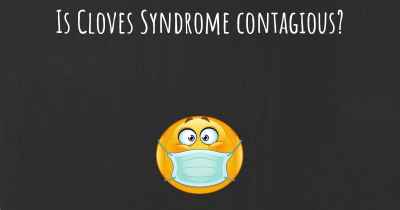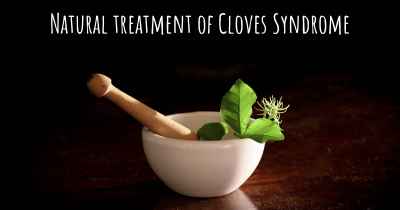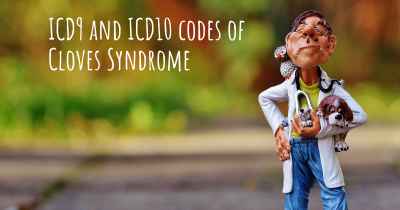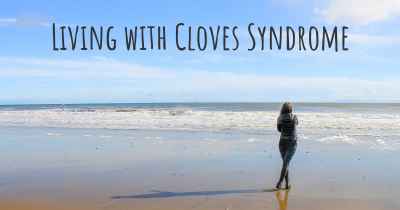What is the history of Cloves Syndrome?
When was Cloves Syndrome discovered? What is the story of this discovery? Was it coincidence or not?
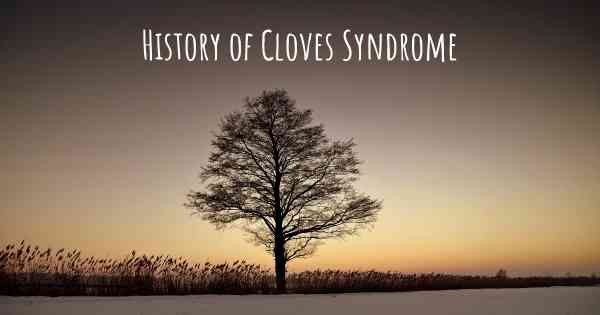
Cloves Syndrome: A Brief History
Cloves Syndrome, also known as Congenital Lipomatous Overgrowth, Vascular Malformations, Epidermal Nevi, and Skeletal Anomalies, is a rare and complex disorder that affects various systems of the body. This condition was first described in medical literature in 1997 by Dr. Michael Biesecker, a clinical geneticist at the National Human Genome Research Institute.
The name "Cloves Syndrome" is an acronym derived from the main features of the disorder. Each letter represents a distinct characteristic of the condition. "C" stands for Congenital Lipomatous Overgrowth, referring to the abnormal growth of fatty tissue. "L" represents Vascular Malformations, which are abnormal formations of blood vessels. "O" stands for Epidermal Nevi, which are overgrowths of the skin. Finally, "S" represents Skeletal Anomalies, referring to the various bone abnormalities often seen in individuals with Cloves Syndrome.
Since its initial discovery, researchers and medical professionals have made significant progress in understanding Cloves Syndrome. However, due to its rarity, much of the knowledge surrounding the condition is still limited.
Cause and Symptoms
The exact cause of Cloves Syndrome remains unknown. It is believed to be caused by genetic mutations that occur randomly during early fetal development. These mutations affect a specific gene called PIK3CA, which plays a crucial role in regulating cell growth and division.
The symptoms of Cloves Syndrome can vary widely among affected individuals. The most common features include overgrowth of fatty tissue, vascular malformations, skin abnormalities, and skeletal anomalies. These manifestations can affect different parts of the body, leading to significant physical and functional impairments.
Diagnosis and Treatment
Diagnosing Cloves Syndrome can be challenging due to its rarity and the variability of symptoms. It often requires a multidisciplinary approach involving geneticists, dermatologists, radiologists, and other specialists. A combination of clinical evaluation, imaging studies, and genetic testing is typically employed to confirm the diagnosis.
As of now, there is no cure for Cloves Syndrome. Treatment primarily focuses on managing the symptoms and improving the quality of life for affected individuals. This may involve surgical interventions to address specific complications, such as debulking of fatty tissue or correcting skeletal abnormalities. Additionally, supportive therapies, such as physical therapy and pain management, are often recommended to alleviate symptoms and enhance functionality.
Ongoing Research and Future Outlook
Given the rarity of Cloves Syndrome, research efforts have been limited. However, advancements in genetic testing and molecular techniques have allowed for a better understanding of the underlying genetic mutations associated with the condition.
Researchers are actively investigating potential targeted therapies that could specifically address the genetic abnormalities seen in Cloves Syndrome. These therapies aim to inhibit the overactive PIK3CA gene and its downstream signaling pathways, potentially reducing the excessive cell growth and tissue abnormalities observed in affected individuals.
Furthermore, ongoing studies are focused on improving diagnostic methods, identifying additional associated features, and enhancing supportive care for individuals with Cloves Syndrome.
Conclusion
Cloves Syndrome is a rare and complex disorder characterized by overgrowth of fatty tissue, vascular malformations, skin abnormalities, and skeletal anomalies. Although the exact cause remains unknown, genetic mutations in the PIK3CA gene are believed to play a significant role.
While there is currently no cure for Cloves Syndrome, ongoing research and advancements in genetic understanding hold promise for improved diagnostic methods and potential targeted therapies in the future. With continued efforts, it is hoped that individuals affected by Cloves Syndrome will benefit from enhanced treatments and a better quality of life.
